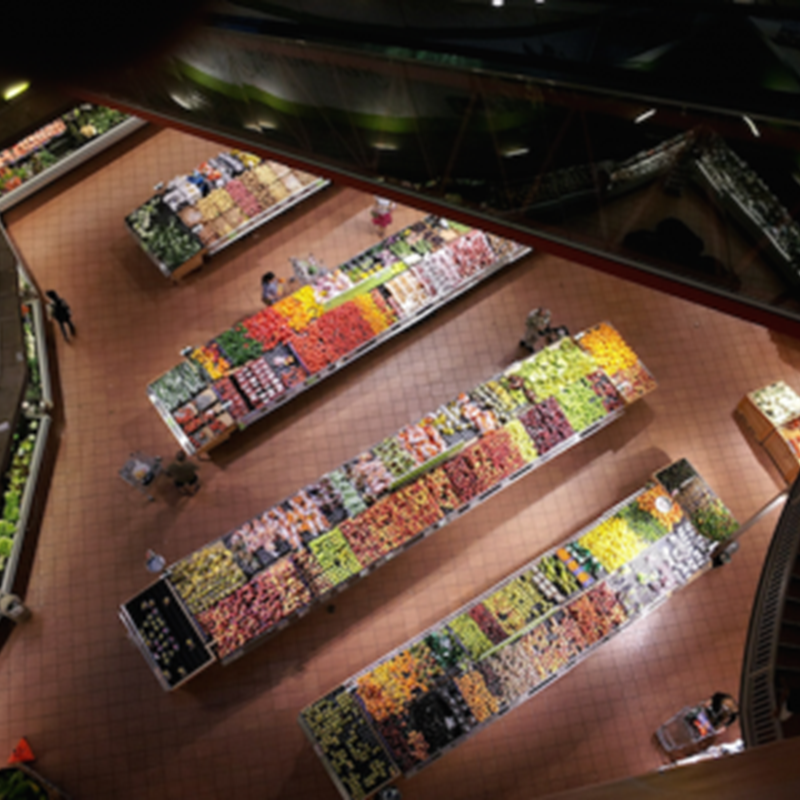
In last week’s blog post, we looked at the role that IoT could play in the future of agriculture, focusing particularly on the kind of everyday products we buy at the supermarket – milk, fruit and veg, cereals – and how IoT can help farmers produce these things more efficiently. This week we take a look inside the supermarkets themselves to consider the advantages of incorporating IoT technology into the retail experience.
Supermarkets like M&S are thinking seriously about the ways in which they can use technology designed by companies like Fujitsu to improve performance and efficiency right across the supply chain, including customer experience before and at the point of sale. In an extremely competitive marketplace, the retailers who stay ahead of the technology game will keep their heads above water, and many of the world’s retail giants are keeping a close eye on the Internet of Things to make sure they don’t miss the boat to the shopping of the future.
It’s been almost 90 years since the world’s first supermarket opened in the States, and the global sector is looking to start the next retail revolution, with IoT technology lighting the way. So what will this technology mean for retailers and consumers?
A different shopping experience
The weekly shop is likely to become a more interactive experience between retailer and consumer if supermarkets start to use mobile location devices on customers’ smartphones to send targeted deals and offers to individual shoppers while they are in store. The next step up could be customer VR headsets enabling retailers to display virtual offers and images to shoppers, replacing stickering and signage and personalising displays to match individual shopping history and preferences.
Smart pay points incorporating smart conveyor belts would completely change our checkout experiences forever, whilst helping retailers to monitor stock levels and ensure items don’t get missed from self-service checkouts. The smart belts are able to scan barcodes from any angle, and recognise the weights and volumes of your everyday supermarket essentials. And to avoid the tills altogether, smartphone technology allowing shoppers to scan-as-you-go before paying via an app will make just nipping out for a pint of milk an even easier experience.
To further enhance customer experience, interactive screens will be able to display ingredient and origin information about products, and sensory tagging in the form of Radio-Frequency Identification (RFID) could enable customers and staff to check inventories and delivery information using real-time data. Smart shelves will sense when product volumes are running low, making restocking procedures more efficient and smart product labels will enable customers to access further information on products at shelf level.
Increasing efficiency, reducing waste
Temperature monitoring systems in the fridge and frozen food sections can ensure that any outages are dealt with immediately to ensure consistency of food quality and reduce waste. Similarly, with more accurate real-time data provided by RFID tags on connected produce, retailers will be in the position to cut down on waste and increase efficiency and bottom-line profits.
One of the most important factors in the success of these new technologies is reliability – retailers must be able to count on the connectivity driving these systems. Connectivity suppliers like Arkessa will make all the difference to the shopping experiences of the future and we can’t wait to be a part of it.